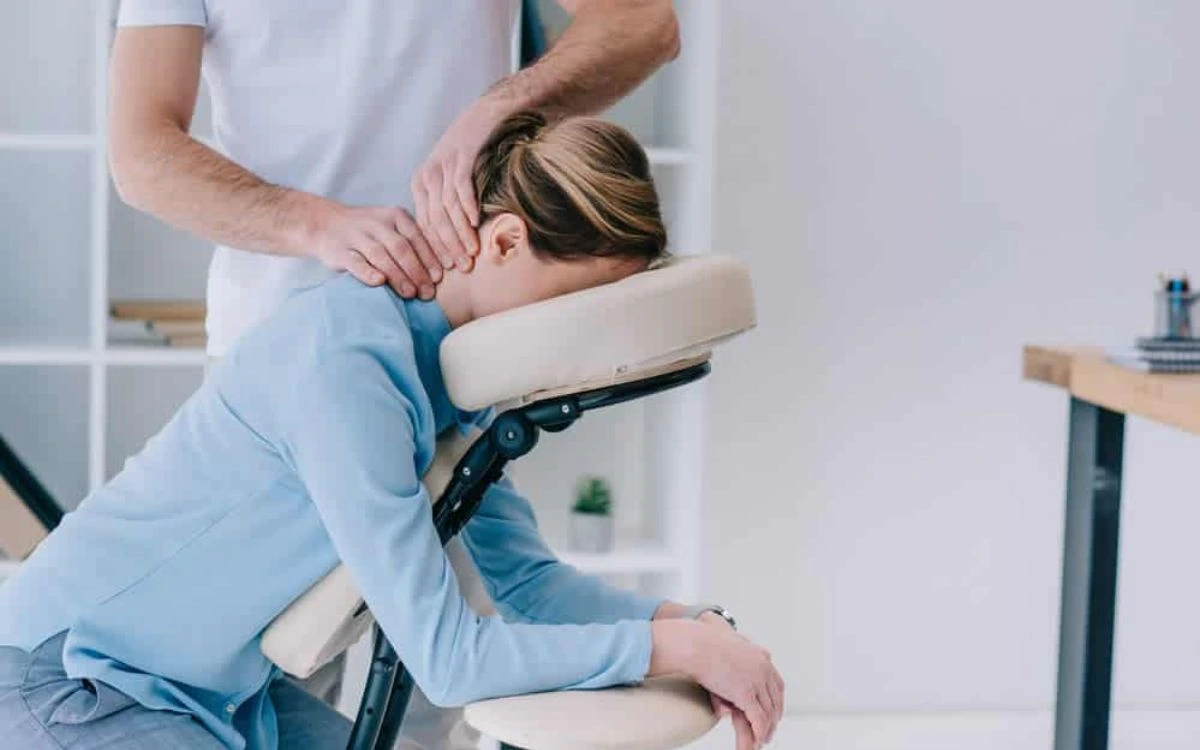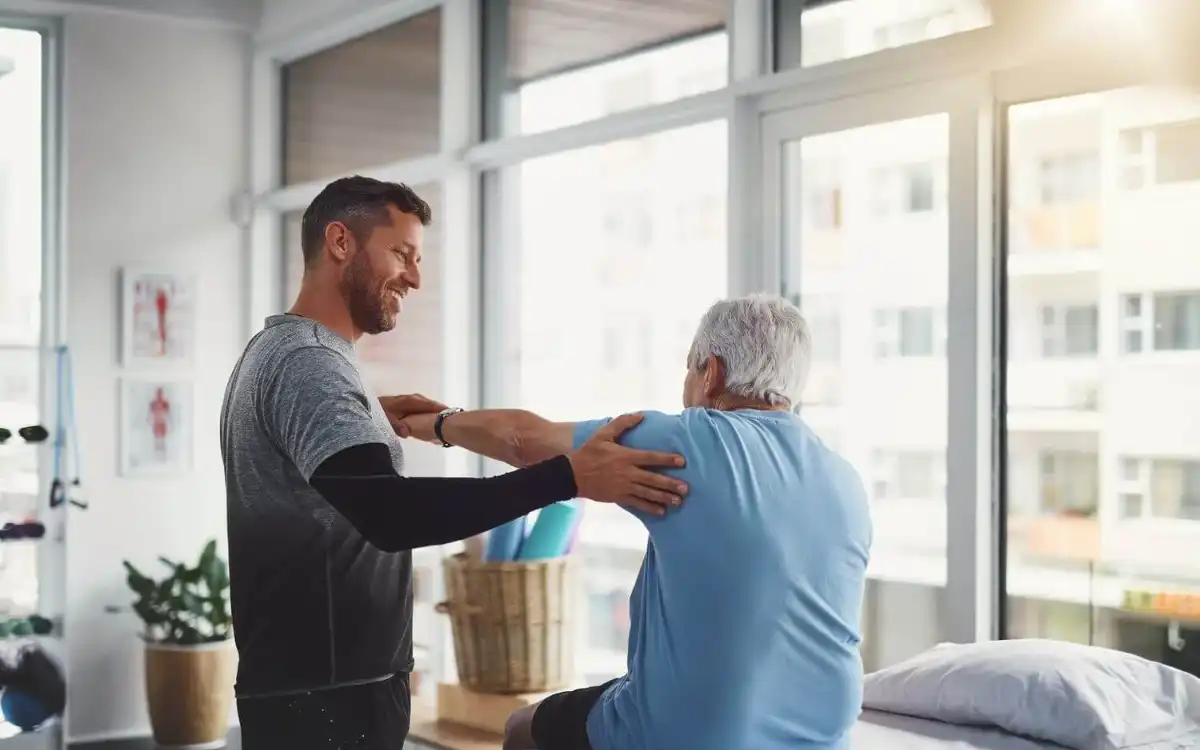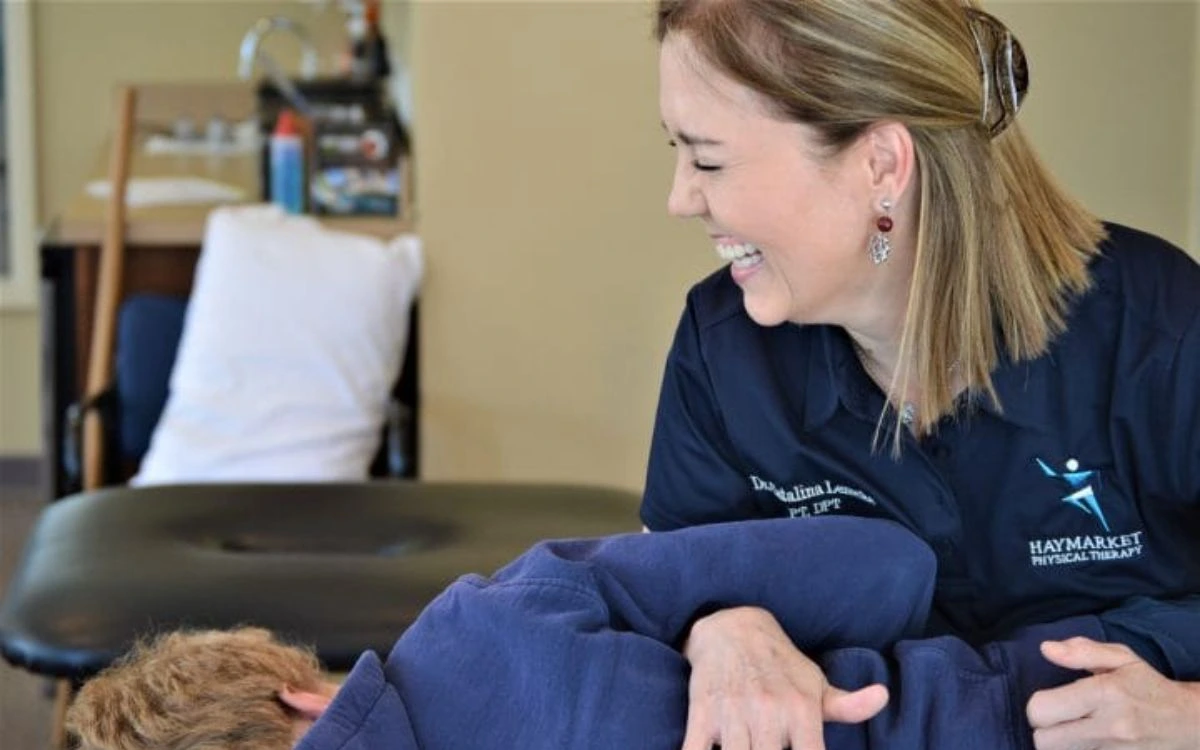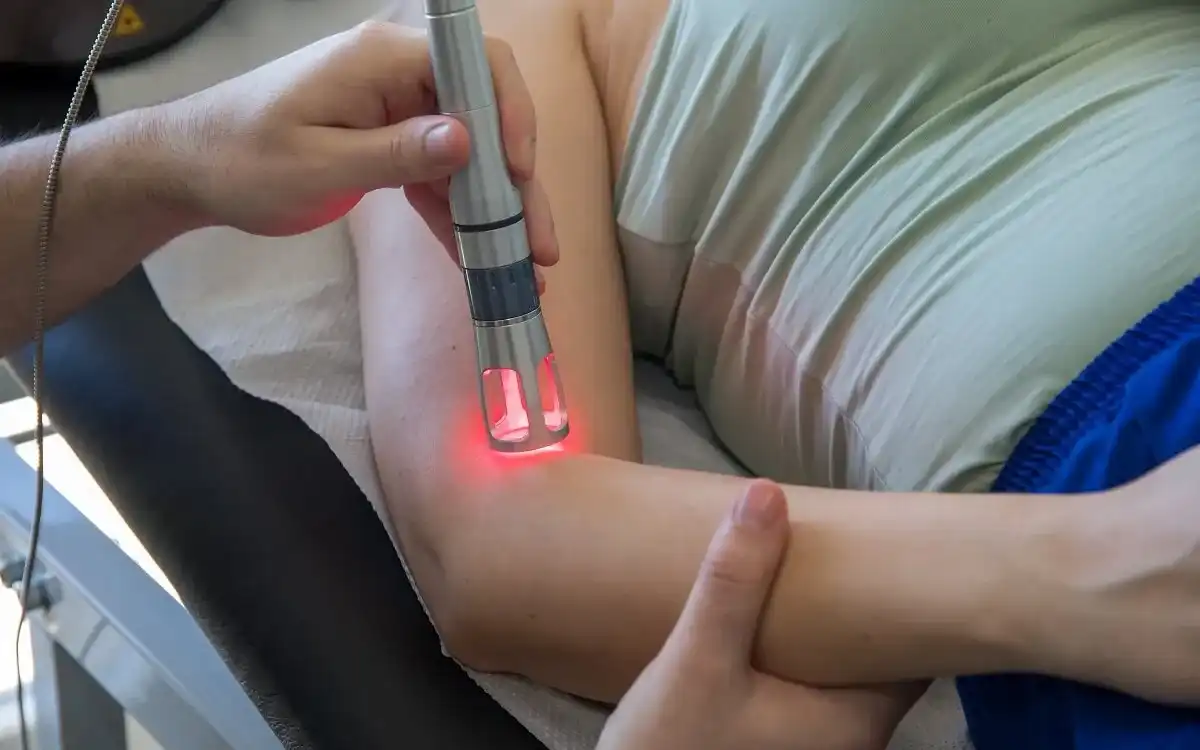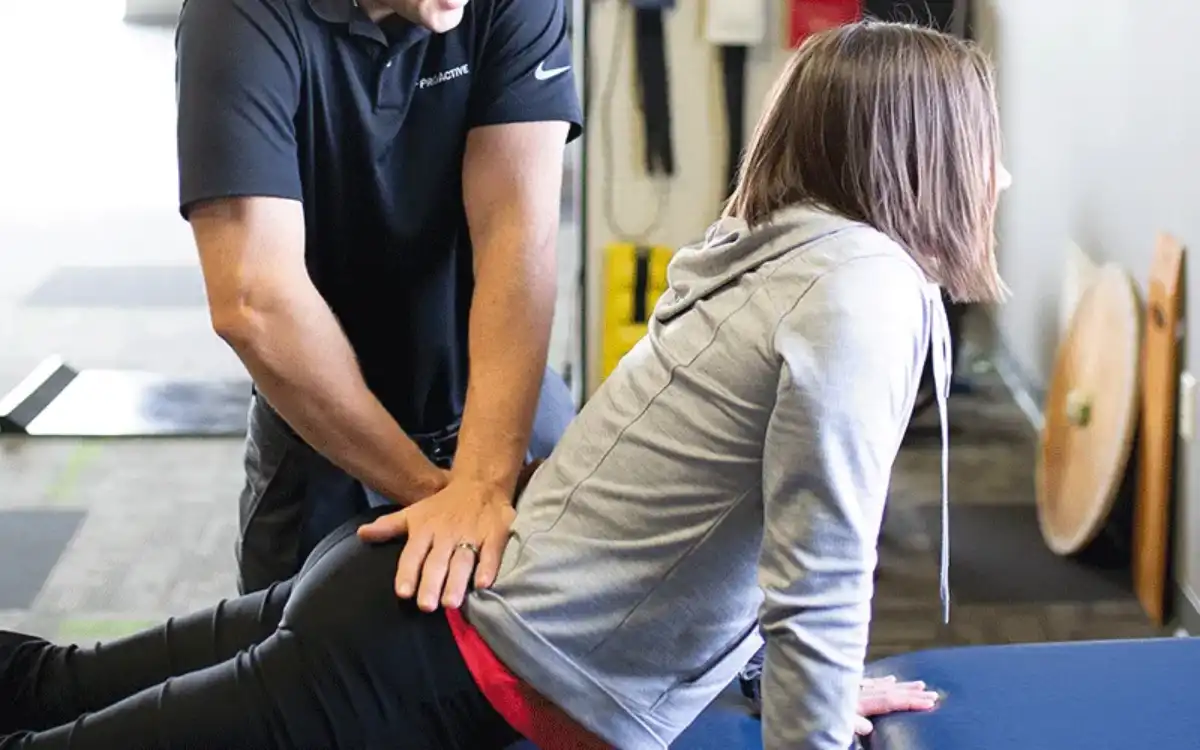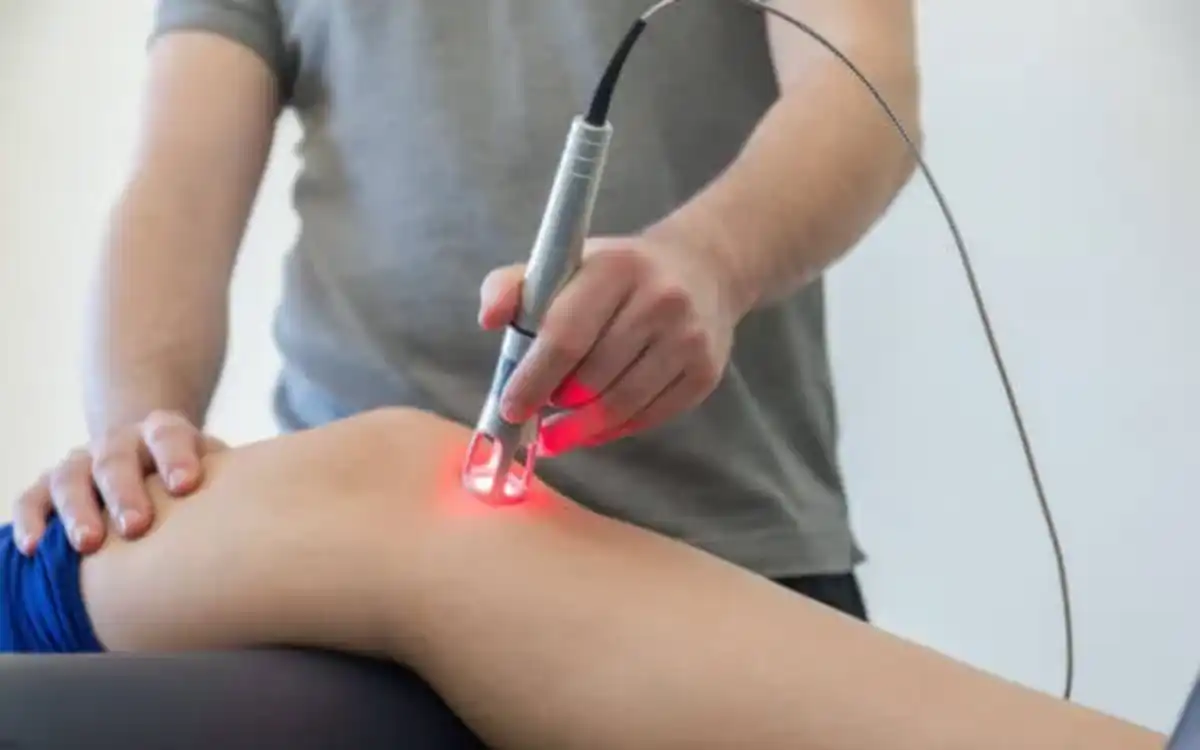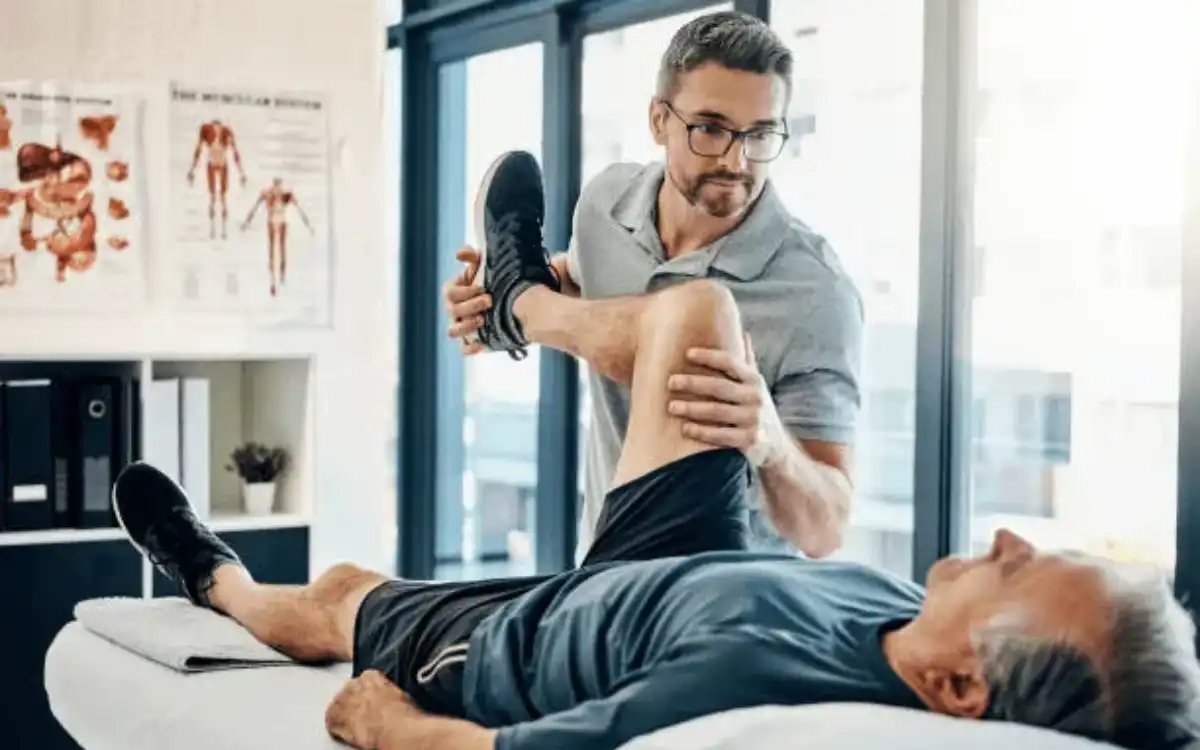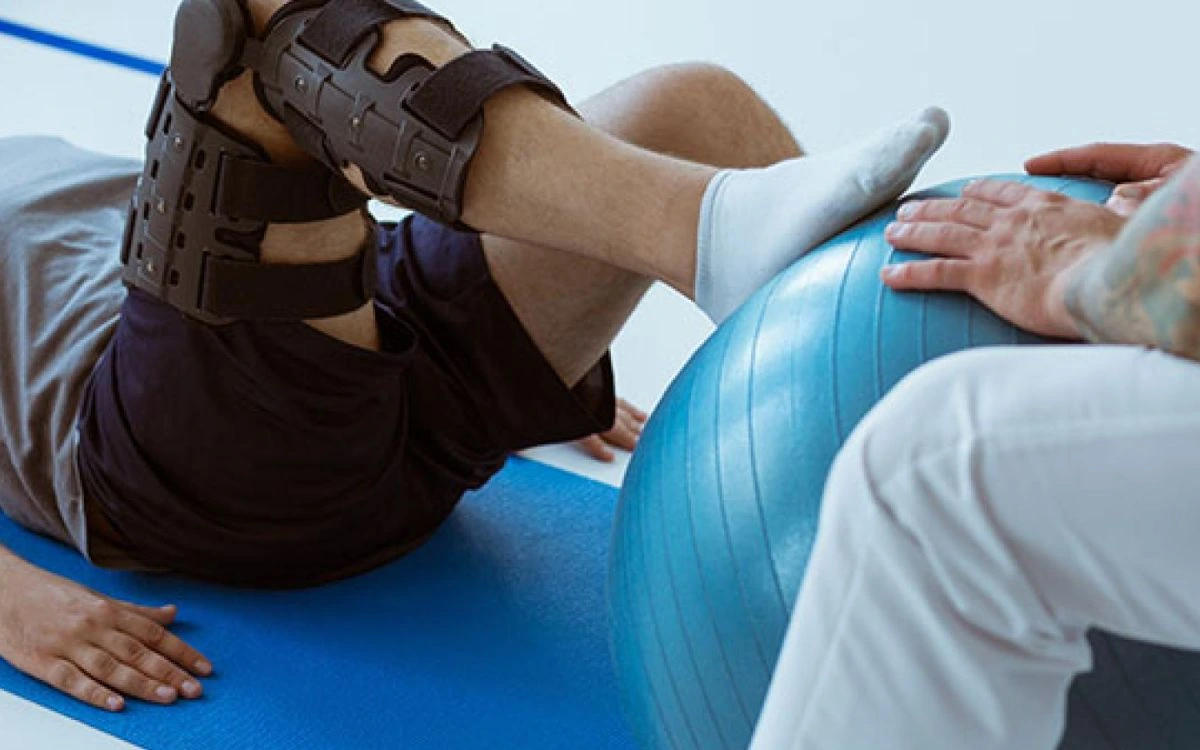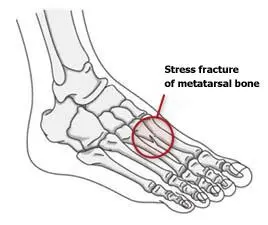OVERVIEW
Stress Fractures
These fractures are caused by repetitive submaximal loads on the foot, ankle, and leg. They are often the result of overuse (in athletes over-training). These fractures are very common in female athletes and long-distance runners.
The lower leg in runners, the calcaneus and talus in distance runners, as well as the big toe, are all common stress fracture sites.
Rest is often enough to relieve pain and tenderness. The fracture may not always be visible on X-rays. MRI and bone scans may prove useful.
The majority of people heal by resting, immobilizing and doing cross-training. Avoid high-impact exercises and wear comfortable shoes.
TREATMENT
Possible Treatments
GOALS
Possible Treatment Goals
- Reduce the chance of reoccurrence
- Enhance Function
- Increase Muscle Strength and Performance
- Increase oxygen to tissues
- Self-care for Symptoms
- Increase Safety
- Increase tolerance for prolonged activities

